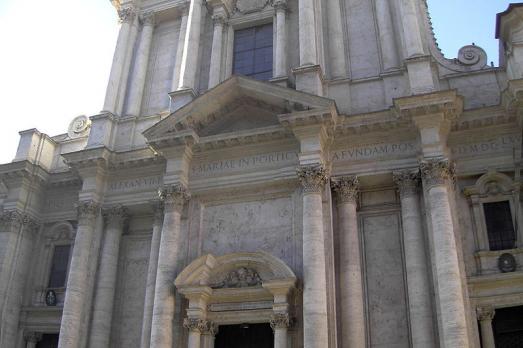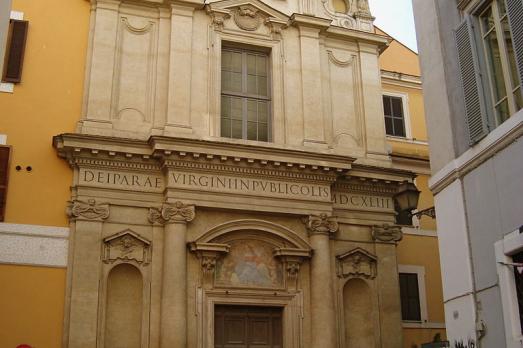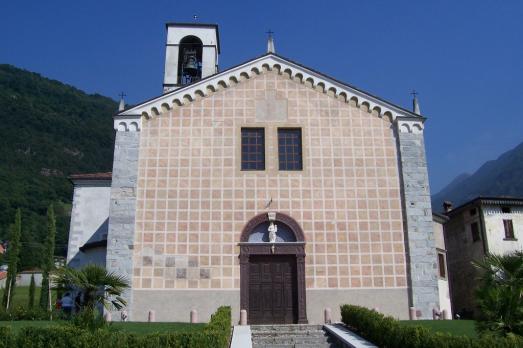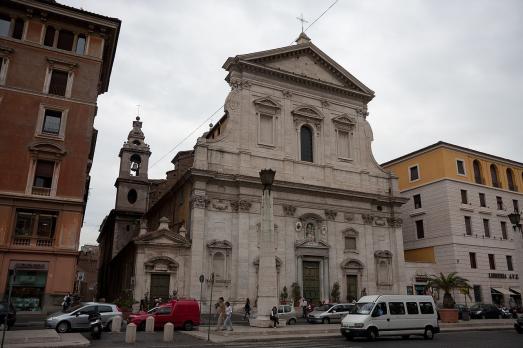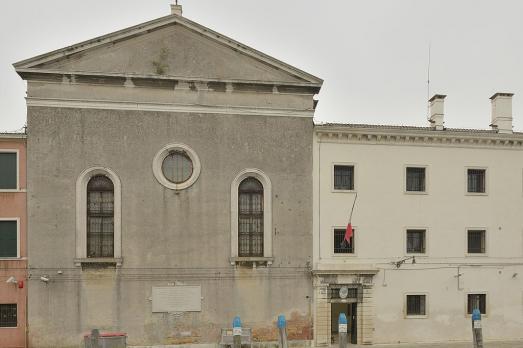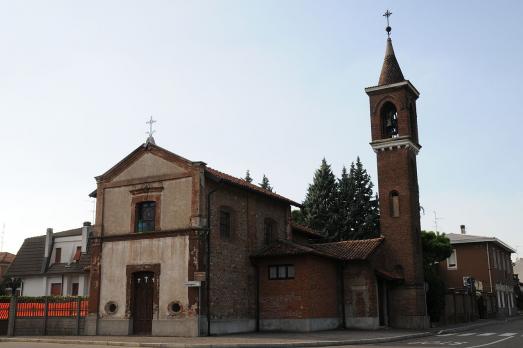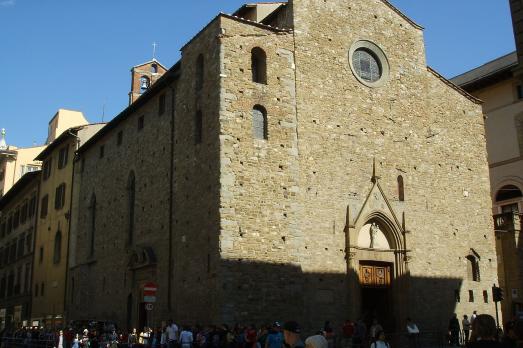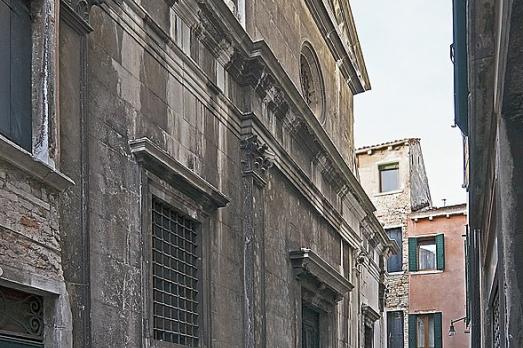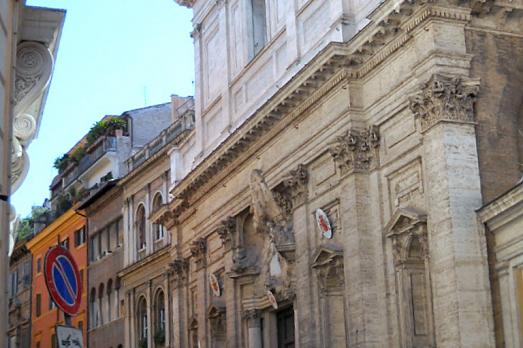
Chiesa di Santa Maria in Monserrato degli Spagnoli
Roma, IT
The church of Santa Maria in Monserrato degli Spagnoli was built from 1518 on an old church founded by a Catalan in the 14th century. The new church was designed by the architect Antonio da Sangallo the Younger. Work was interrupted due to a lack of resources, so it was not until 1675 that the apse was completed. The church was completely restored in 1818-21 and was rededicated in 1822. Santa Maria in Monserrato is one of the national churches of Rome, this one being dedicated to the Spanish community.
